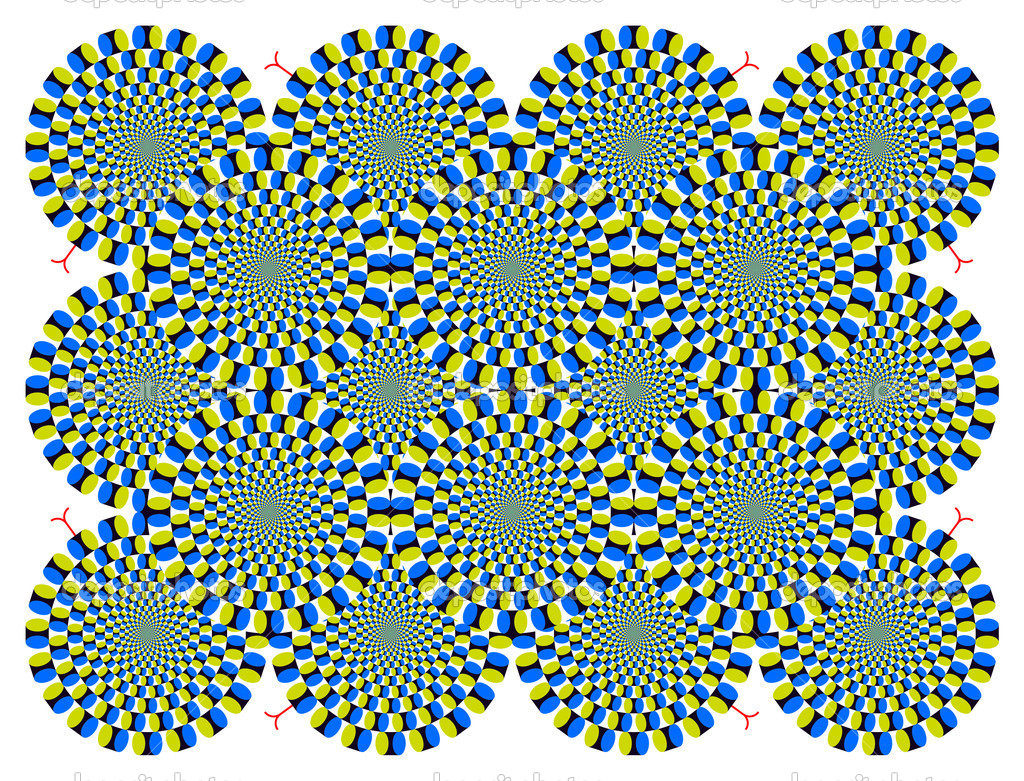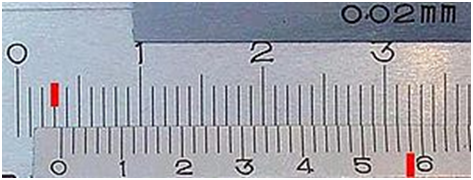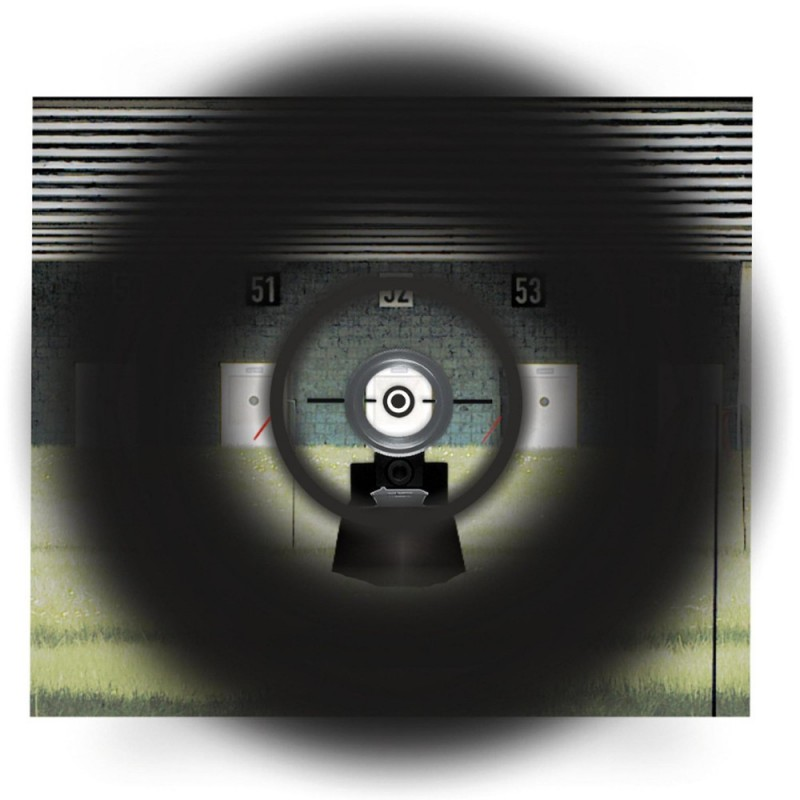It doesn't seem so far-fetched to me. Sure, you might be off by a few pixels, due to differences between the human eye and a computer monitor, but the order of magnitude seems about right — the detail in your images, viewed closely, more or less matches what I see when I look at the full moon.
Of course, you could fairly easily test it yourself: go outside on a dark night, when the moon is full, and see if you can spot with your naked eye any details that are not visible (even under magnification) in the image scaled to match your eyesight. I suspect you might be able to see some extra detail (especially near the terminator, if the moon is not perfectly full), but not very much.
For a more objective test, we could try to look for early maps or sketches of the moon made by astronomers before the invention of the telescope, which should presumably represent the limit of what the naked human eye could resolve. (You needed to have good eyesight to be an astronomer in those days.)
Alas, it turns out that, while the invention of the telescope in the early 1600s brought on a veritable flood of lunar drawings, with every astronomer starting from Galileo himself rushing to look at the moon through a telescope and sketch what they saw, very few astronomical (as opposed to purely artistic) drawings of the moon are known from before that period. Apparently, while those early astronomers were busy compiling remarkably accurate star charts and tracking planetary motions with the naked eye, nobody really though it important to draw an accurate picture of the moon — after all, if you wanted to know what the moon looked like, all you had to do was look at it yourself.
Perhaps this behavior may be partly explained by the prevailing philosophical opinions at the time, which, influenced by Aristotle, held the heavens to be the realm of order and perfection, as opposed to earthly corruption and imperfection. The clearly visible "spots" on the face of the moon, therefore, were mainly regarded as something of a philosophical embarrassment — not something to be studied or catalogued, but merely something to be explained away.
In fact, the first and last known "map of the moon" drawn purely based on naked-eye observations was drawn by William Gilbert (1540–1603) and included in his posthumously published work De Mundo Nostro Sublunari. It is quite remarkable how little detail his map actually includes, even compared to a tiny 40 by 40 pixel image as shown above:
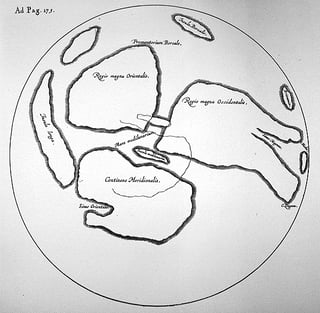
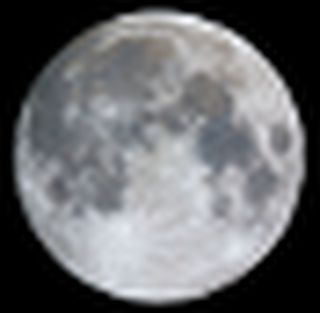
Left: William Gilbert's map of the moon, from The Galileo Project; Right: a photograph of the full moon, scaled down to 40 pixels across and back up to 320 px.
Indeed, even the sketches of the moon published by Galileo Galilei in his famous Sidereus Nuncius in 1610, notable for being based on his telescopic observations, are not much better; they show little detail except near the terminator, and the few details there are appear to be inaccurate bordering on fanciful. They are, perhaps, better regarded as "artist's impressions" than as accurate astronomical depictions:
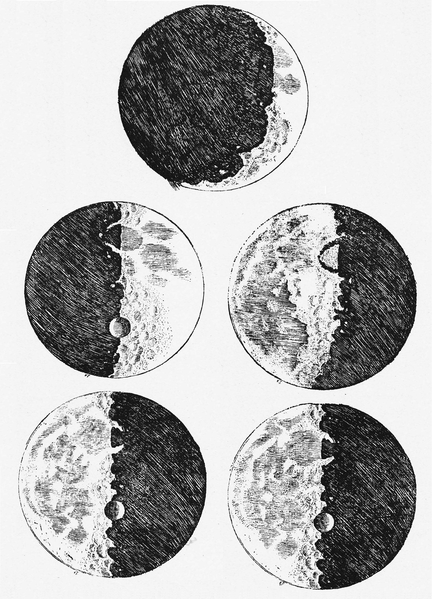
Galileo's sketches of the moon, based on early telescopic observations, from Sidereus Nuncius (1610), via Wikimedia Commons. Few, if any, of the depicted details can be confidently matched to actual lunar features.
Much more accurate drawings of the moon, also based on early telescopic observations, were produced around the same time by Thomas Harriott (1560–1621), but his work remained unpublished until long after his death. Harriott's map actually starts to approach, and in some respects exceeds, the detail level of even the 60 pixel photograph above, showing e.g. the shapes of the maria relatively accurately. It is, however, to be noted that it is presumably based on extensive observations using a telescope, over several lunar cycles (allowing e.g. craters the be more clearly seen when they're close to the terminator):
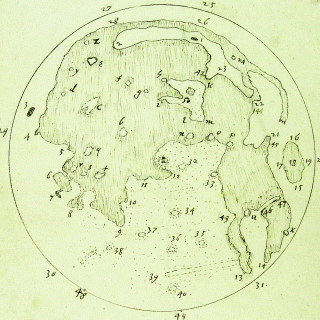
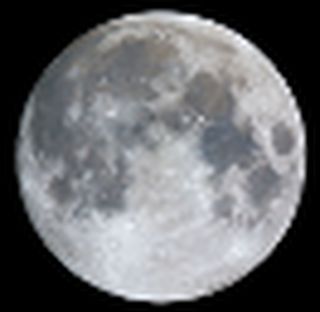
Left: Thomas Harriott's lunar map, undated but probably drawn c. 1610-1613, based on early telescopic observations, quoted from Chapman, A. "A new perceived reality: Thomas Harriot's Moon maps", Astronomy & Geophysics 50(1), 2009; Right: same photograph of the full moon as above, scaled down to 60 pixels across and back up to 320 px.
Based on this historical digression, we may thus conclude that the 40 pixel image of the moon, as shown in the question above, indeed does fairly accurately represent the level of detail visible to an unaided observer, while the 60 pixel image even matches the detail level visible to an observer using a primitive telescope from the early 1600s.
Sources and further reading:









